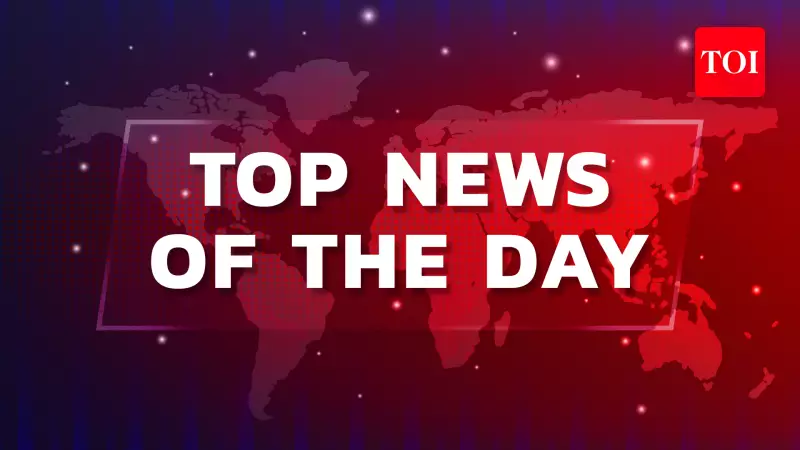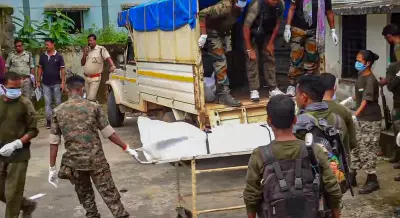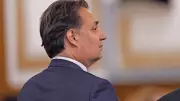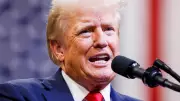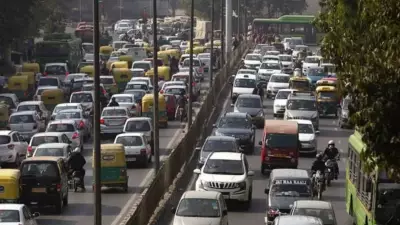Politics
3 Naxalites, Including Woman, Killed in Sukma Encounter with Security Forces
A woman among three Naxalites was killed in an encounter with security forces in Chhattisgarh's Sukma district on December 18. Police confirm the operation was based on specific intelligence.
Business
Gold Price Outlook: Analyst Predicts Downward Bias, Suggests Sell on Rise
Gold prices face selling pressure with a bearish intraday bias. LKP Securities' Jateen Trivedi recommends a 'sell on rise' strategy with resistance near ₹1,34,000. Get the full technical analysis and trading levels.
World
Over 25 Journalists Rescued as Media Offices Torched in Bangladesh Midnight Attack
Violent protesters set fire to newspaper offices in Bangladesh, trapping journalists. Over 25 were rescued after a desperate plea. Details on the attack and press freedom crisis.
Entertainment
Vijay's 'Jana Nayagan' Song 'Oru Pere Varalaaru' Released | Watch Now
Watch the new song 'Oru Pere Varalaaru' from the Tamil film 'Jana Nayagan' starring Vijay, Pooja Hegde, and Bobby Deol. Music by Anirudh Ravichander. Click to view the video!
Sports
Lifestyle
Health
Viral Kickboxing Video: Army Vet's Fitness Stuns Internet
A 61-year-old retired Lieutenant Colonel's intense kickboxing routine goes viral on X, drawing playful Mahatma Gandhi comparisons. Discover the story behind the fit veteran's discipline.
Diabetes Cases Projected to Reach 900 Million by 2050
New projections warn diabetes cases could hit 900 million globally by 2050, driven by modern lifestyles. Learn the causes, impacts, and prevention strategies to combat this silent pandemic.
Delhi roads see less traffic after GRAP-4 implementation
Delhi government reports a significant reduction in vehicular movement following the imposition of GRAP-4 anti-pollution measures. Read the full impact assessment here.
Six Kids Get HIV from Tainted Blood in Satna; 3 Suspended
Madhya Pradesh govt suspends three, including blood bank in-charge, after six children contract HIV via transfusion in Satna. Read the shocking details and official action.
David Caprio's Skin Cancer Scare: A Vital Warning
David Caprio, son of Judge Frank Caprio, shares a chilling skin cancer biopsy story. Learn about skin cancer risks, types like melanoma, and crucial prevention tips to protect yourself and family.
Technology
Get Updates
Subscribe to our newsletter to receive the latest updates in your inbox!
We hate spammers and never send spam



